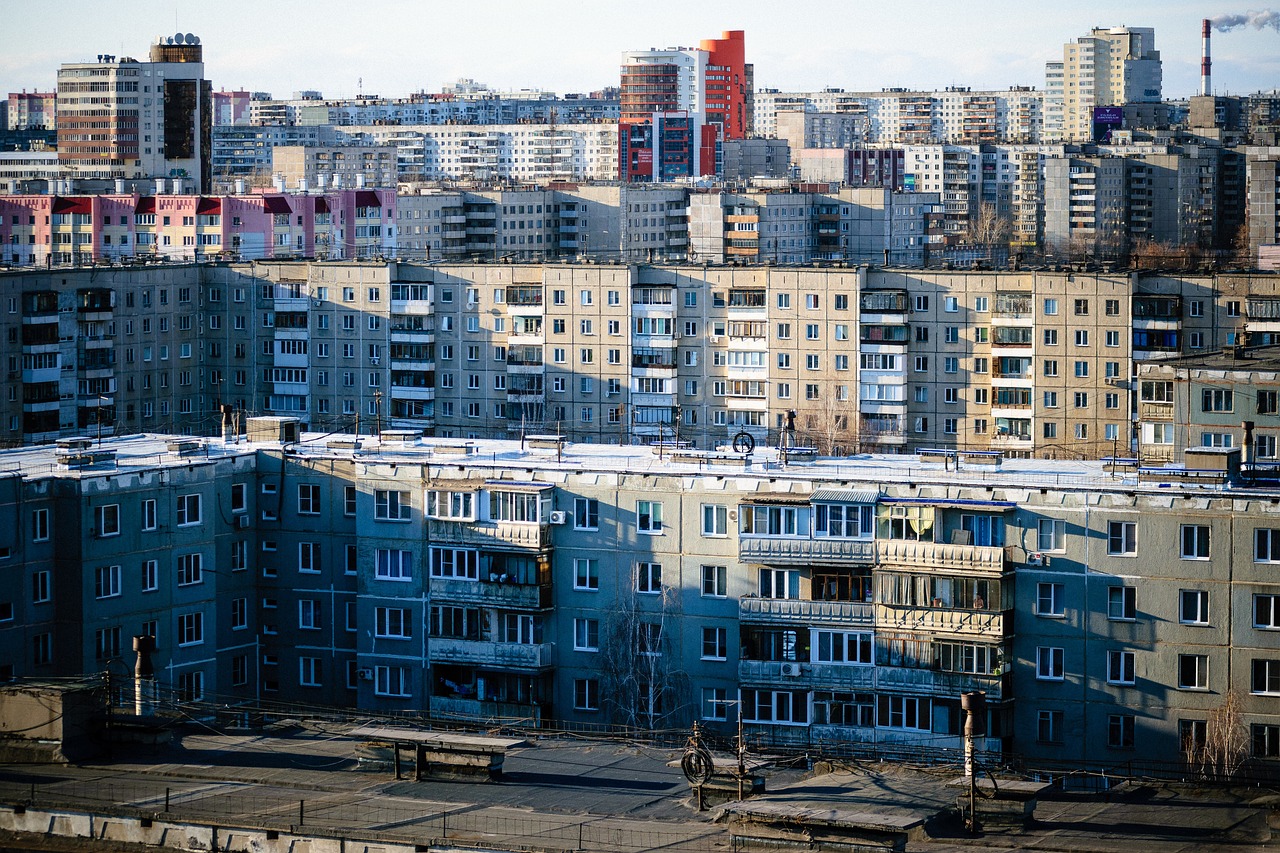
Europe's security today undoubtedly starts in Africa.Continue reading

Since the 1950s, European cities have undergone profound transformations, largely driven by waves of migration. This phenomenon, meticulously analyzed by the Századvég Foundation with data from the Pew Research Center, paints a vivid picture of how migration has reshaped urban landscapes across the continent.
Initially, industrialized Western countries beckoned guest workers to their territories, seeking labor to fuel burgeoning industries. This influx of migrants, attracted by the promise of better living standards and job opportunities, spurred the urbanization process. As cities expanded, they became hubs of cultural diversity, economic dynamism, and social interaction.
However, the integration of migrants into urban life has not been without challenges.
Working-class neighborhoods often served as entry points for migrants, forming closed communities that struggled with urban planning deficiencies and integration hurdles. The absence of cohesive strategies to accommodate these populations has led to tensions, and in some cases, conflicts rooted in cultural differences.
The first wave of migration, spanning from the 1950s to the 1970s, saw the recruitment of guest workers from southern European countries and North Africa to replenish labor pools depleted by World War II. This initiative laid the groundwork for subsequent migration patterns, setting the stage for family reunification programs in the late 20th century.
Family reunification brought about the settlement of relatives in Europe, leading to the emergence of immigrant enclaves within urban centers. These communities, often concentrated in marginalized areas, maintained strong ties to their countries of origin, fostering a sense of belonging while grappling with the challenges of assimilation.
The analysis also sheds light on the complex dynamics within migrant communities, particularly among Muslim populations.
Imported conflicts and the establishment of ethnic-based associations and mosques have underscored the multifaceted nature of integration efforts, posing challenges to social cohesion and cultural harmony.
In contrast to urban areas, rural regions have seen limited migrant settlement, primarily due to the dominance of agriculture, which offers fewer job opportunities compared to urban sectors. Consequently, rural communities have remained bastions of tradition and conservatism, contributing to a palpable urban-rural divide in Europe. This divide manifests not only in political affiliations but also in cultural values and societal norms.
Urban areas, characterized by their diversity and progressivism, often lean politically left, while rural regions, steeped in tradition, tend to align with conservative ideologies.
As Europe grapples with the complexities of migration and its impact on urban development, fostering inclusive policies and promoting social cohesion are paramount.
Via MTI; Featured Image: Pixabay